UP TO THE MINUTE
Improving safety in metal construction projects: Raising the standard across the industry
April 30, 2025 at 8:30 a.m.MCS Influencer John Kenney says safety isn’t a cost center — it’s a profit protector.
Safety is the foundation of any successful roofing project and metal systems can present unique challenges. From the sharp edges of panel materials to the complexities of steep-slope installations and the threats associated with seasonal winds, working with metal demands higher precision, planning and protection. Improving safety protects workers from harm, increases productivity, reduces costly delays and enhances a contractor’s reputation. The most effective way to improve metal roofing and construction safety is through a proactive, multi-layered approach that includes training, planning, equipment, leadership and a unified safety culture.
Comprehensive, ongoing training is the first step. Workers must be equipped to identify and respond to hazards specific to metal roofing. This includes understanding proper PPE use, fall protection systems, handling long metal panels in open areas and navigating slick surfaces often found on standing seam systems. Best-in-class contractors go beyond OSHA minimums by conducting job-specific and scenario-based training. Daily toolbox talks, weekly safety huddles and hands-on refreshers ensure that crews remain alert and prepared. A contractor on a large-scale metal roof replacement project achieved a 30% reduction in safety incidents by instituting mandatory pre-shift safety walk-throughs and implementing a rotation system for team-led safety briefings.
Effective planning is also key. Every metal roofing project should begin with a detailed safety plan developed through a site-specific hazard assessment, including fall risks, material staging areas, weather-related threats and access limitations. Metal roofing projects often involve sharp, slippery surfaces and work performed at elevation with long, wind-sensitive materials. Sequencing work to reduce congestion, clarifying responsibilities across trades and mapping out equipment flow reduce unnecessary hazards. Coordination becomes even more crucial when subcontractors are involved. Ensuring every team on site — regardless of company — is trained on the same safety expectations and procedures fosters accountability and prevents breakdowns in communication.
Proper equipment use is non-negotiable. This means investing in OSHA-compliant scaffolding, harnesses, anchors, lifts and guardrails and regularly inspecting them. Metal roofing requires specialized ladders, roof jacks and traction equipment due to the slick nature of the material, especially when wet. Cutting corners on equipment is a false economy; it increases liability and risks lives.
Leadership plays a vital role in building an authentic culture of safety. Supervisors and company leaders must model the behaviors they expect. When managers participate in safety inspections, attend training sessions and tie safety performance to job reviews, it sends a clear message. Safety becomes more than a policy — it becomes part of the company’s identity. Open-door policies for reporting concerns and peer-recognition programs for safe behavior strengthen this culture from the ground up.
Technology further reshapes how we manage job site safety. Drones allow safer, faster inspections of high or complex areas. Wearables and mobile apps now offer real-time data on worker movements, environmental hazards and compliance checklists. Contractors embracing these tools stay ahead of safety risks and regulatory changes.
It’s also worth noting the return on investment. A strong safety record reduces workers’ comp claims, lowers EMR scores, improves bid competitiveness and boosts employee morale and retention. Safety isn’t a cost center — it’s a profit protector.
Metal roofing is a fast-growing industry segment, but with that growth comes added responsibility. Contractors who understand and prepare for the system-specific safety demands of metal roofing will set the standard for excellence and protection in 2025 and beyond. We can raise the bar across the field by training teams thoroughly, planning intelligently, investing in the right tools, fostering leadership engagement and embracing innovation. Safety isn’t just compliance — it’s leadership in action.
John Kenney is the CEO of Cotney Consulting Group. See his full bio here.
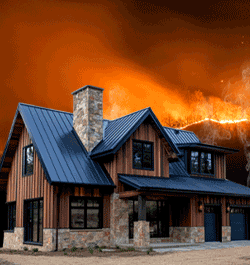


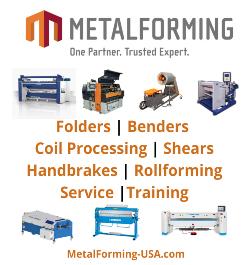
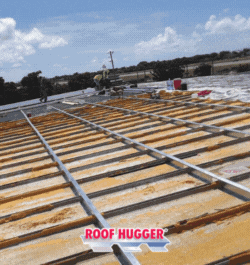






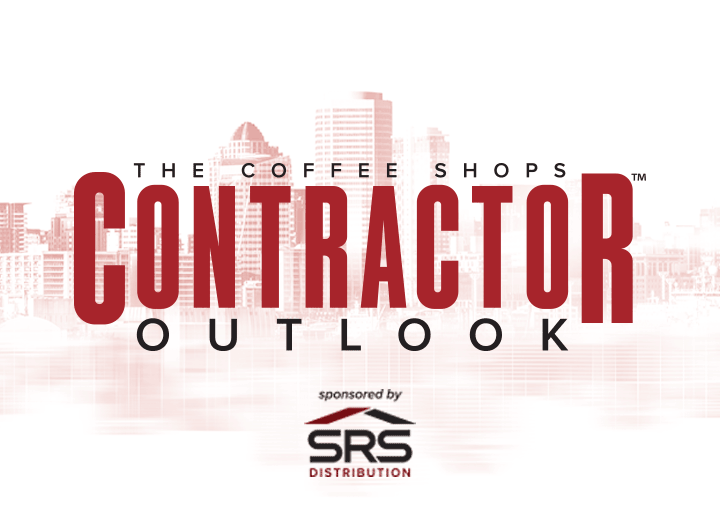





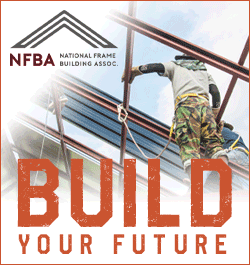


Comments
Leave a Reply
Have an account? Login to leave a comment!
Sign In